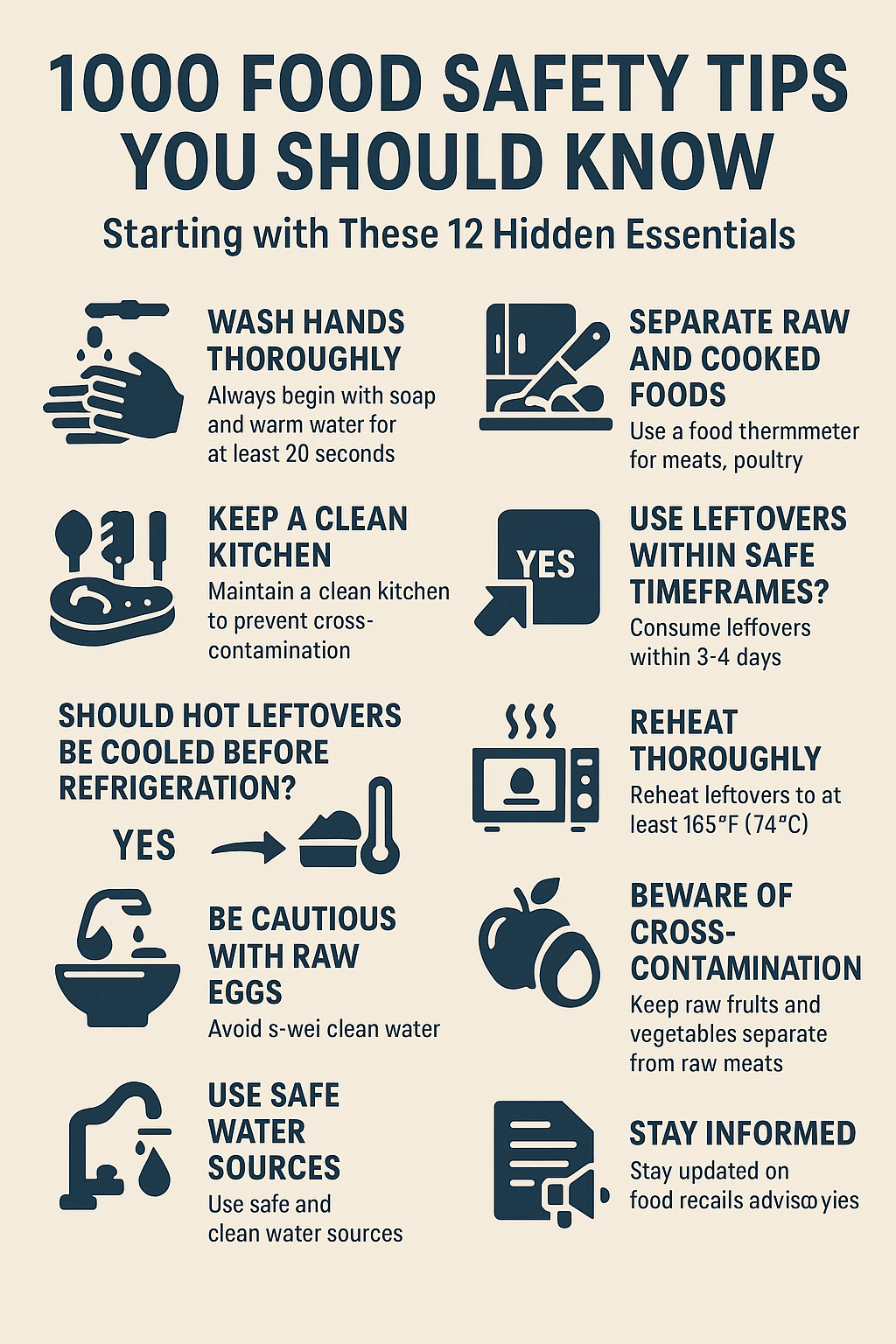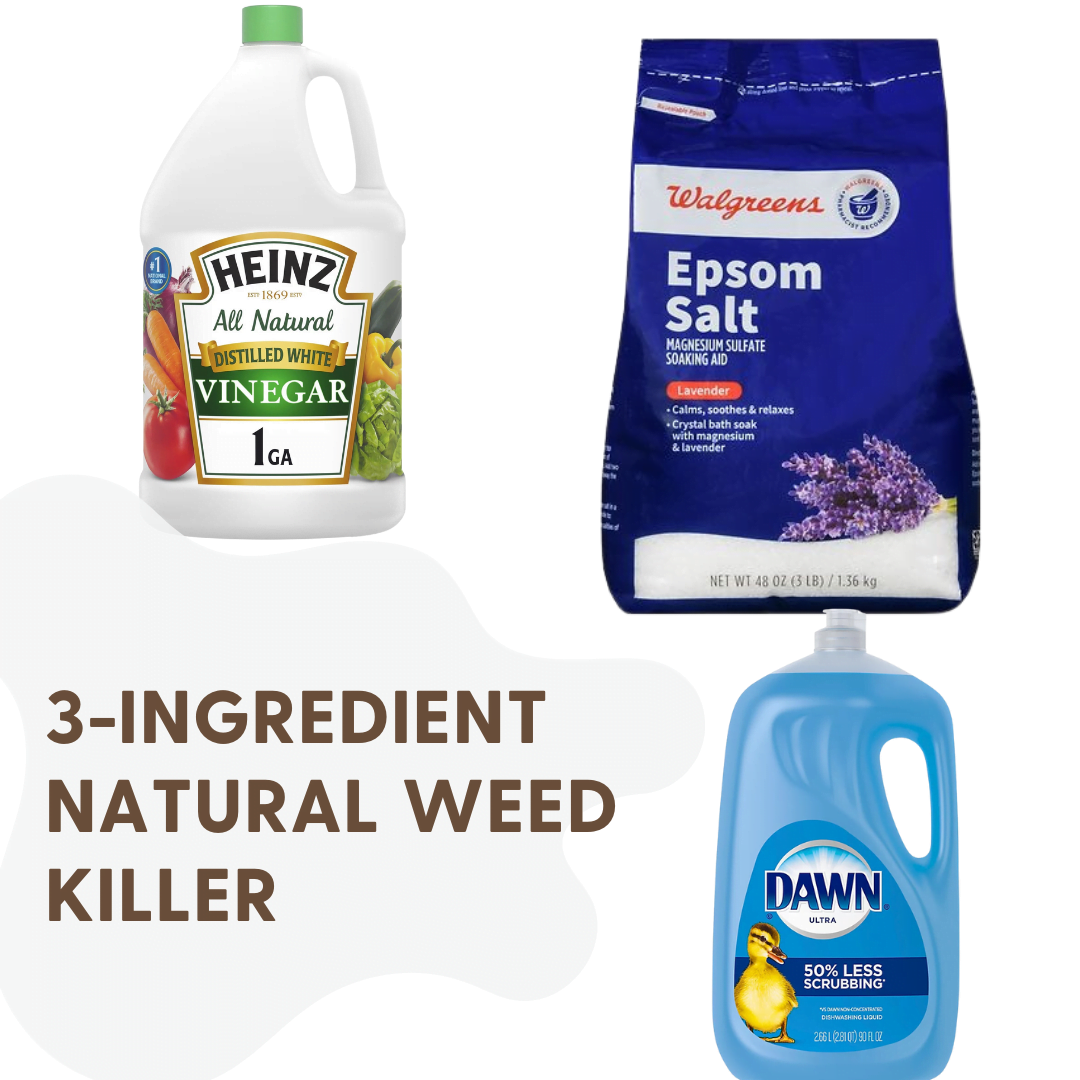Food safety is a vital part of healthy living. Whether you’re cooking a family meal, preparing a packed lunch, or just grabbing a snack, what you don’t know can hurt you. Most people are aware of general hygiene, but there are lesser-known food safety practices that can make a huge difference. In this article, we’ll go beyond the basics and uncover 12 food safety tips that most folks don't know—perfect for anyone wanting to improve their kitchen habits.
Why Food Safety Matters
Every year, millions of people suffer from foodborne illnesses caused by improper handling, preparation, or storage of food. Even at home, it's easy to slip up. Knowing and applying correct food safety guidelines can significantly reduce the risk of contamination.

12 Essential Food Safety Tips (That Most People Overlook)
1. Wash Your Hands the Right Way
Before you even touch food, wash your hands thoroughly with warm water and soap for at least 20 seconds. This simple step kills harmful bacteria and prevents the spread of germs.
2. Keep Your Kitchen Spotless
A clean kitchen is a safe kitchen. Wipe down countertops, sanitize cutting boards, and clean utensils regularly to prevent cross-contamination.
3. Always Separate Raw and Cooked Foods
Raw meats, poultry, and seafood should never touch cooked items. Use separate cutting boards and utensils to avoid the spread of dangerous bacteria like salmonella and E. coli.
4. Know Safe Cooking Temperatures
Invest in a food thermometer. Cooking meats, poultry, and seafood to their proper internal temperatures is one of the best defenses against foodborne illness.
5. Store Perishable Foods Promptly
Refrigerate or freeze perishable items (meat, dairy, eggs) as soon as possible—ideally within 2 hours. This slows bacterial growth and keeps your food fresher, longer.
6. Label and Use Leftovers Wisely
Leftovers should be eaten within 3–4 days or frozen for longer-term storage. Label containers with preparation dates so you never have to guess.
7. Should You Cool Hot Leftovers Before Refrigerating?
Absolutely. Placing hot food directly into the fridge can raise the overall temperature, putting all your perishables at risk.
How to cool hot food quickly:
- Divide large portions into smaller, shallow containers
- Use an ice bath or cooling rack for faster cooling
- Stir food occasionally for even temperature reduction
- Refrigerate once the food is below 40°F (4°C)
8. Reheat Food Completely
When reheating leftovers, ensure they reach an internal temp of at least 165°F (74°C) to kill any bacteria that may have grown during storage.
9. Handle Eggs with Extra Care
Raw or undercooked eggs can carry salmonella. Always cook eggs thoroughly, or use pasteurized ones for recipes like Caesar dressing or homemade mayonnaise.
10. Avoid Cross-Contamination from Produce
Fresh produce can also carry bacteria. Keep raw vegetables and fruits away from raw meat and seafood, and wash them under running water before use.
11. Use Clean, Safe Water
Whether you're washing produce, cooking pasta, or making ice, always use potable, clean water to avoid introducing harmful microorganisms.
12. Stay Informed on Food Recalls
Follow your local food safety authority or health department to stay updated on food recalls, contamination alerts, and new safety guidelines.



Leave a Reply